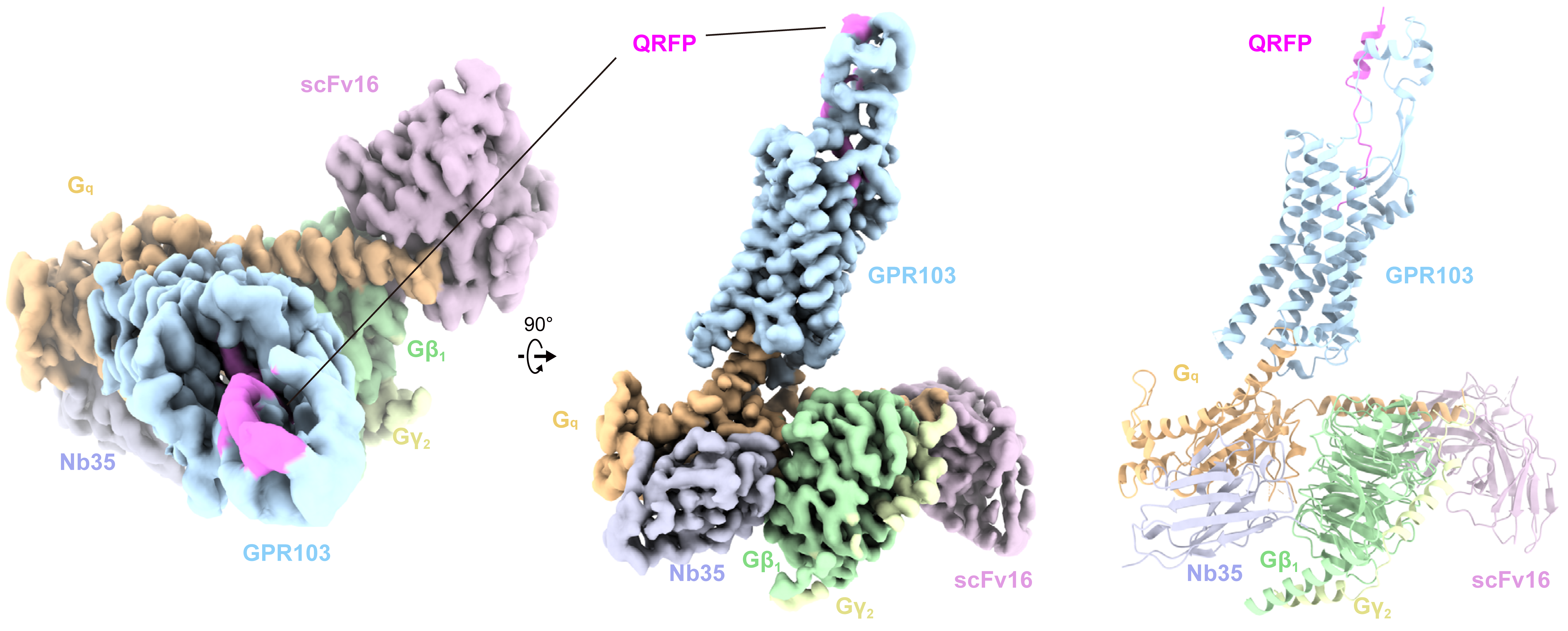2024-06-19 インペリアル・カレッジ・ロンドン(ICL)
研究者たちは、SARS-CoV-2ウイルスに対して持続的な感染を防ぐ独特の免疫反応を持つ人々を発見しました。インペリアル大学主導のCOVID-19ヒューマンチャレンジ研究に基づくこの研究では、鼻粘膜の局所免疫応答がウイルスを識別し、感染を防ぐ役割を果たすことが示唆されています。
◆この研究は、ウイルス曝露前後のサンプルを解析し、シングルセルシーケンシング技術を用いて詳細な免疫反応を明らかにしました。その結果、一部の人々が持つ新たな免疫応答が持続的なウイルス感染を防ぐことが分かりました。
◆研究チームは、これらの発見がSARS-CoV-2の次世代介入策の開発に重要な影響を与えるだけでなく、将来のアウトブレイクやパンデミックにも応用できる可能性があると述べています。
<関連情報>
- https://www.imperial.ac.uk/news/254273/imperials-human-challenge-study-helps-explain/
- https://www.nature.com/articles/s41586-024-07575-x
ヒトSARS-CoV-2チャレンジで明らかになった局所および全身反応ダイナミクス Human SARS-CoV-2 challenge uncovers local and systemic response dynamics
Rik G. H. Lindeboom,Kaylee B. Worlock,Lisa M. Dratva,Masahiro Yoshida,David Scobie,Helen R. Wagstaffe,Laura Richardson,Anna Wilbrey-Clark,Josephine L. Barnes,Lorenz Kretschmer,Krzysztof Polanski,Jessica Allen-Hyttinen,Puja Mehta,Dinithi Sumanaweera,Jacqueline M. Boccacino,Waradon Sungnak,Rasa Elmentaite,Ni Huang,Lira Mamanova,Rakesh Kapuge,Liam Bolt,Elena Prigmore,Ben Killingley,Mariya Kalinova,… Sarah A. Teichmann
Nature Published:19 June 2024
DOI:https://doi.org/10.1038/s41586-024-07575-x

Abstract
The COVID-19 pandemic is an ongoing global health threat, yet our understanding of the dynamics of early cellular responses to this disease remains limited1. Here in our SARS-CoV-2 human challenge study, we used single-cell multi-omics profiling of nasopharyngeal swabs and blood to temporally resolve abortive, transient and sustained infections in seronegative individuals challenged with pre-Alpha SARS-CoV-2. Our analyses revealed rapid changes in cell-type proportions and dozens of highly dynamic cellular response states in epithelial and immune cells associated with specific time points and infection status. We observed that the interferon response in blood preceded the nasopharyngeal response. Moreover, nasopharyngeal immune infiltration occurred early in samples from individuals with only transient infection and later in samples from individuals with sustained infection. High expression of HLA-DQA2 before inoculation was associated with preventing sustained infection. Ciliated cells showed multiple immune responses and were most permissive for viral replication, whereas nasopharyngeal T cells and macrophages were infected non-productively. We resolved 54 T cell states, including acutely activated T cells that clonally expanded while carrying convergent SARS-CoV-2 motifs. Our new computational pipeline Cell2TCR identifies activated antigen-responding T cells based on a gene expression signature and clusters these into clonotype groups and motifs. Overall, our detailed time series data can serve as a Rosetta stone for epithelial and immune cell responses and reveals early dynamic responses associated with protection against infection.


